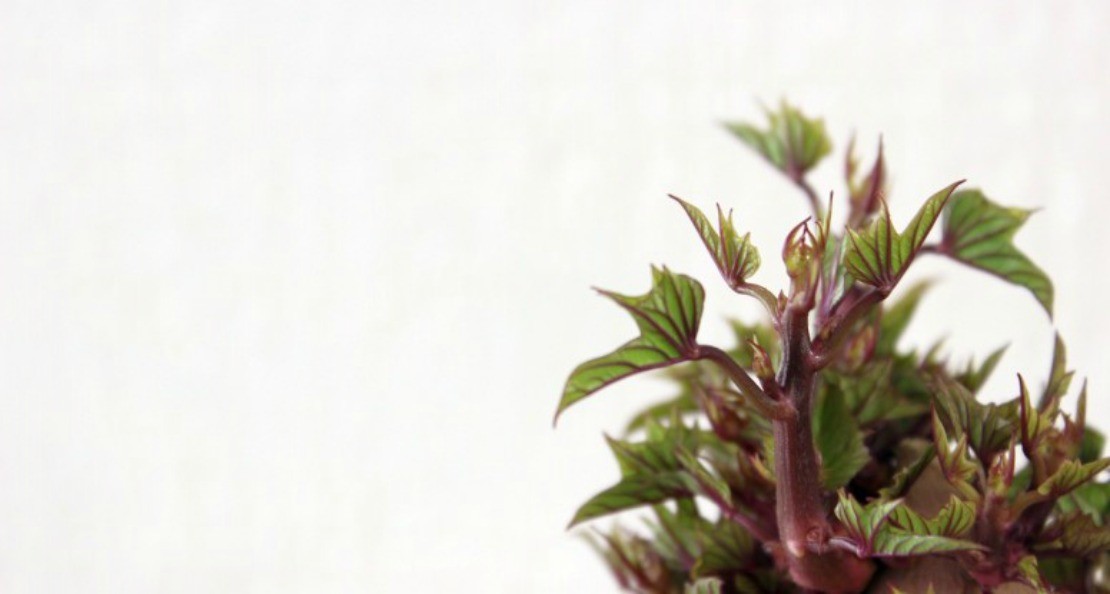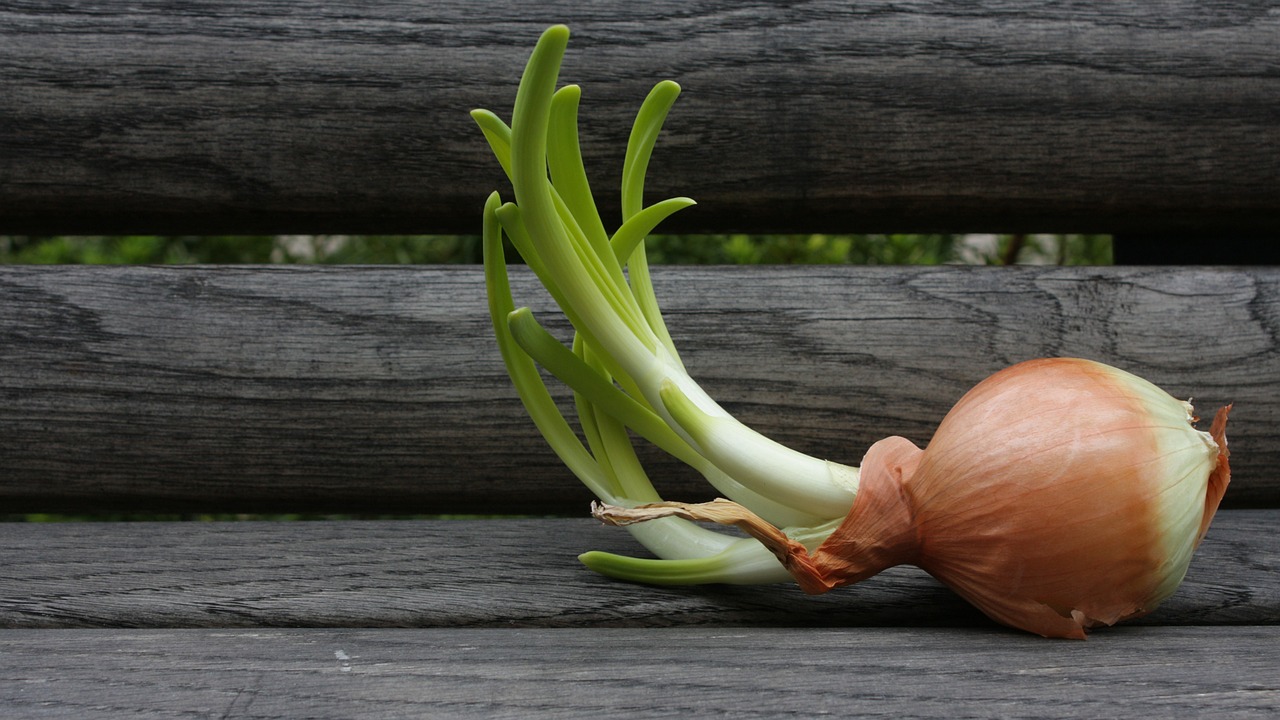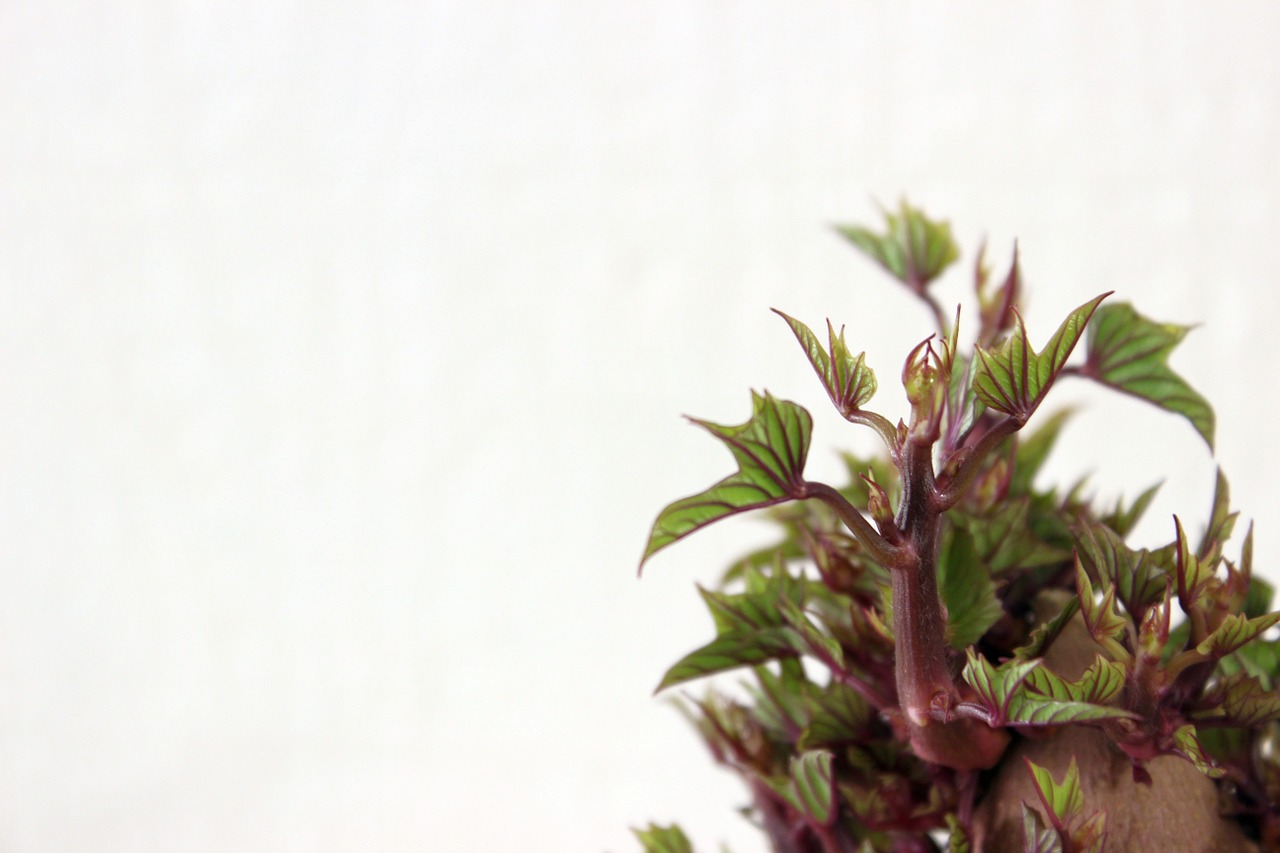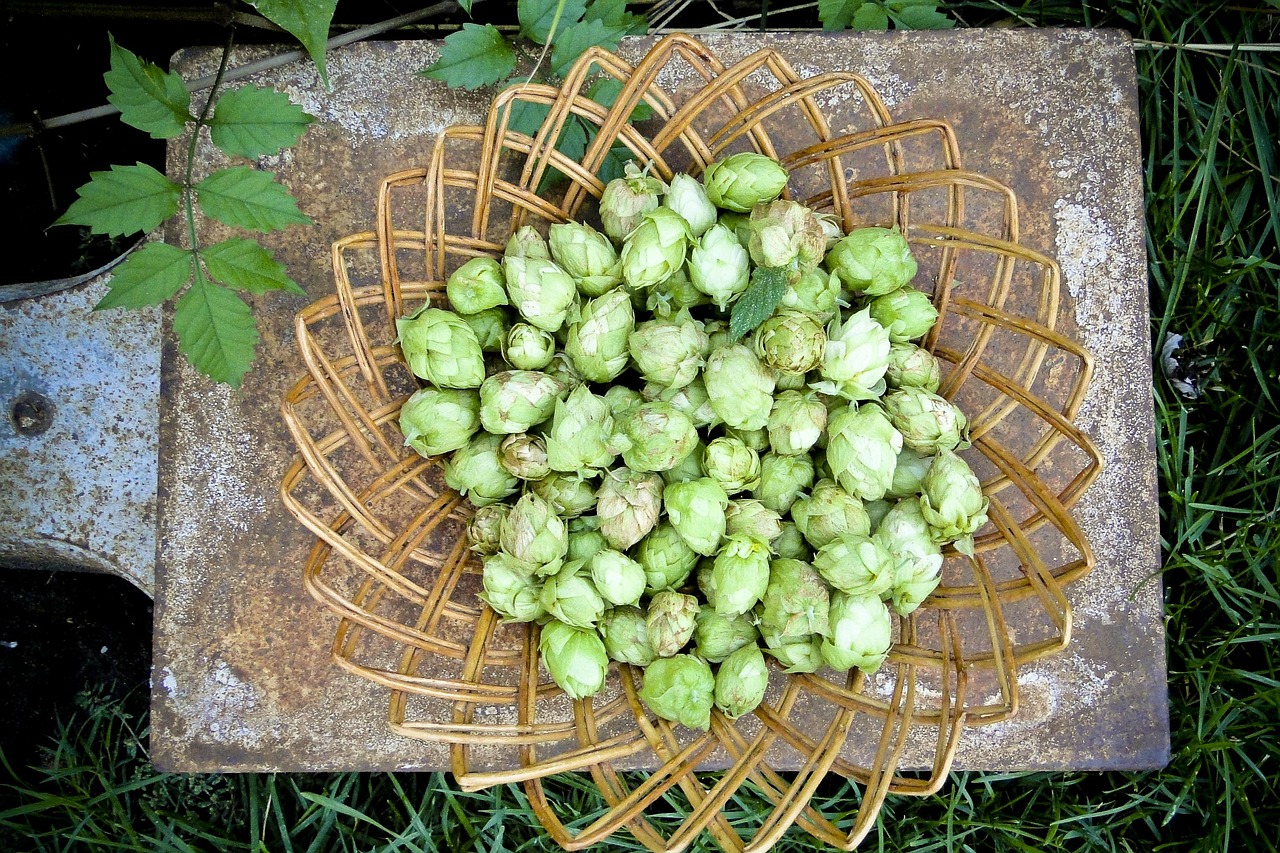
Herbs Underground: Tubers, Corms, and Roots
Roots are out of sight, out of mind. They work behind the scenes, powering the ability of a plant to use nutrients from the soil, and sometimes even enriching the dirt for other plants by pulling up nutrients from farther underground or using special nodes to fix nitrogen in the soil. To herbalists, though, roots are never far from our minds or our apothecaries.
Medicinal Herbs Underground
These mysterious underground parts of plant anatomy partner with us to fill a myriad of roles in our day to day health. In Traditional Chinese Medicine, root remedies were generally viewed as more grounding than their aerial counterparts, a literal interpretation of the way the plant grows and how it can apply to our health.
Many root herbs deal with problems that arise deep within us, such as burdock for the liver or elecampane to tonify the lungs. But for a plant, roots are a matter of life and death. Without roots, most plants can’t take in the water they need to survive, and some types of roots have developed into thick, fleshy organs designed to power the plant through lean times of the year or store water while the plant waits for a rainy day.

A botanical understanding of different types of roots can give us a fascinating glimpse at the ways plants have adapted to their environments and upped their survival rates. Most roots take one of two basic forms: a true root system, or a diffuse root system. A true root system usually has a primary root and smaller secondary roots. Taproots like dandelion or burdock are an extreme example – they have an exaggerated primary root and much smaller or even hairlike secondary roots. Diffuse root systems occur when the whole root system appears tangled or more or less fibrous. Diffuse root systems used in herbalism include the roots of goldenseal, elecampane, and black cohosh.
Taproots
Burdock, dandelion, and butterfly weed are three herbs that grow a taproot system. Taproots are thickest at the top, and taper to a slender point. One of the strengths of a taproot, from the plant’s perspective, is that a taproot can work its way down deep into the soil to secure water and nutrients that other plants cannot. Because of this, plants with taproots have less competition with more shallow-rooted neighbors, and they can be incredibly tough and resilient. Anyone who has ever tried to rid a yard of dandelions can tell you just how difficult it is!

Bulbs
Onions are a classic example of a bulb. When sliced in half, they clearly display the concentric rings that are the telltale sign of a bulb. These rings are actually layers of overlapping, swollen leaves that are specially adapted to grow underground. The upper portion of the plant, usually a flowering stalk, emerges from the center of the bulb. The bulb stores nutrients and water for the plant to use during winter. Blue camas is another example of an herbal bulb.
Corms
Corms are are sometimes confused with bulbs, but rather than having concentric rings when cut crosswise, they are more or less solid. Garlic is a good herbal example of this. Both corms and bulbs allow the plant to store nutrients over the winter and come back the next spring.
Corms are actually formed from a thickened portion of the stem underground, which is why they differ from bulbs.
Rhizomes
Rhizomes are also a type of swollen stem that grows underground, but rather than form the shape of a corm, rhizomes extend horizontally just beneath the soil surface. Corms and bulbs usually only have one stalk protruding out of the ground, but a rhizome may have several stems emerging from the ground at different points. Like ginger, turmeric, and calamus, some rhizomes are useful as herbs. Another surprising herb that grows as a rhizome is hops, although in the case of hops, it’s the flowers that are used, not the rhizome.

Tubers
With their lumpy, swollen, and starchy underground stem, potatoes are a very familiar example of tubers. Daylilies, which have edible and medicinal uses in addition to their value as a beautiful garden flower, grow from tubers, too. Because of the starch content, many tubers make nutritious additions to our diets – plants aren’t the only ones who can use them as a food source! Taro and sweet potatoes are examples of plants that have found their way into cuisines around the world.
Knowing the different types of roots you are likely to encounter on your herbal journey can help you develop an appreciation for the resilience of plant companions, and it can also help you become more comfortable with your herbal identification skills. If you are interested in learning more about the wild and wonderful world of plant medicine, join us in one of our online herbal programs!









